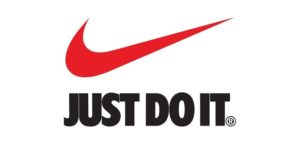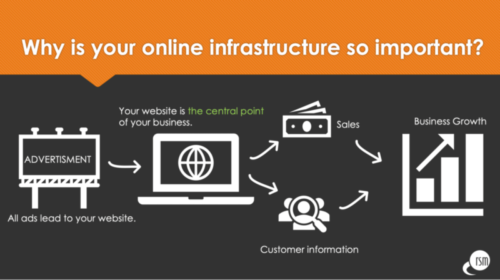
What’s the big idea?
In marketing, the notion of “The Big Idea” is hardly original. It’s been around since the days of David Ogilvy and other pioneers of advertising and now has its own Wikepedia page, which tells us this:
The Big Idea in marketing and advertising is a term used to symbolize the foundation for a major undertaking in these areas—an attempt to communicate a brand, product, or concept to the general public by creating a strong message that pushes brand boundaries and resonates with the consumers.
areas—an attempt to communicate a brand, product, or concept to the general public by creating a strong message that pushes brand boundaries and resonates with the consumers.
A couple of good examples of this are the Chick-fil-A cows imploring us to “eat mor chikin,” and Allstate’s Mayhem bringing carnage and humor to insurance advertising. These are clever ideas and great campaigns, but they will eventually run their course.
But there’s another concept of “The Big Idea” that never runs its course and goes beyond the tactical framework of an advertising campaign to a higher, more strategic level. In essence, this version of The Big Idea is a strategic statement, an over-arching articulation of why you do what you do and why it has value to others. One example of this comes from Google:
To organize the world’s information and make it universally accessible and useful.
Or this, from Amazon:
To be earth’s most customer-centric company; to build a place where people can come to find and discover anything they might want to buy online.
Or, closer to home, Ryan/Sawyer Marketing:
To give lucid statements to strong ideas.
What all these Big Ideas have in common is mostly what they are not: tactical, transient, and temporary. These are strategic, big-picture statements that don’t change over time, with a view of the forest, not the trees.
Which brings us to Nike:
“Experiences are more satisfying than material purchases.”
Do you see what’s happening here? Nike’s advertising doesn’t pitch the material features of their shoes, apparel, or  other products; Nike’s creative platform is built around the promise of delivering an experience. Imbedded in the pitch is the subtle message that whatever experience you’re looking for can be enhanced or even made possible by their products. This creates an emotional connection that is much more powerful than a simple and rational description of product attributes, even if cleverly presented. No matter what product Nike is promoting, they punctuate the pitch with a statement that never changes and that goes beyond slogan to a direct and memorable call to action: “Just do it.” They never suggest that you “Just wear it.” Or, God forbid, that you “Just buy it.”
other products; Nike’s creative platform is built around the promise of delivering an experience. Imbedded in the pitch is the subtle message that whatever experience you’re looking for can be enhanced or even made possible by their products. This creates an emotional connection that is much more powerful than a simple and rational description of product attributes, even if cleverly presented. No matter what product Nike is promoting, they punctuate the pitch with a statement that never changes and that goes beyond slogan to a direct and memorable call to action: “Just do it.” They never suggest that you “Just wear it.” Or, God forbid, that you “Just buy it.”
This may not seem like a big deal, but it is. Because when it comes to tactical initiatives in advertising, the best campaigns are spawned by the Big Idea and are accountable to the advertiser’s strategic reason for being. And out of this accountability comes continuity in messaging which translates into credibility. When you purchase a pair of Nike shoes, are they truly the best that you can buy, or do you simply believe in a brand that never strays from the core idea that they exist to help you have a satisfying experience? After all, isn’t that really what you want? Nike has bet the bank on it.
So, how do you come up with your Big Idea? Google it. Then just do it.





